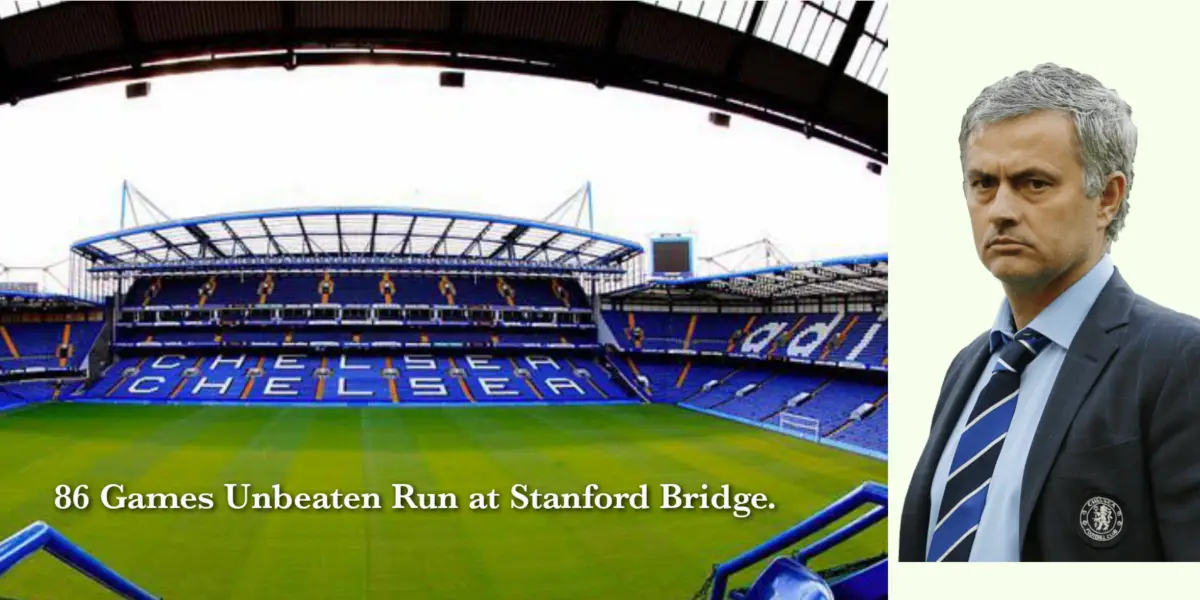The world’s most popular sport – football – is also a multi-billion dollar business, and the annual Forbes Football Club Valuation report gives us a glimpse into the financial health of the sport’s biggest clubs. The 2024 edition reveals some interesting trends, with the average team value jumping 5.1% to a whopping $2.3 billion. But that’s not all – revenue for the top 30 teams grew by 3%, showcasing the sport’s continued financial muscle. Perhaps the most surprising statistic is the massive 57% increase in operating income, a sign that teams are becoming more efficient at turning their passion into profit. Now, let’s discuss some stats from the unique Forbes football club valuation 2024.
These stats are the most unique and thought-provoking stats from the 2024 report that the report itself does not cover.
7 Unique Stats From Forbes 2024 Football Club Valuation Report
1. Operating Income Efficiency
Forget just bragging rights about team value, let’s get down to real financial muscle: operating income efficiency. This metric reveals which clubs are squeezing the most profit out of their massive valuations. We’ll analyze the ratio of operating income (money earned from core operations, excluding things like player transfers) to team value.
Here’s where things get interesting. Traditionally dominant forces like Real Madrid (a stellar $6.6 billion valuation) might not be the efficiency kings. Their operating income to team value ratio sits around 1%, meaning they only turn a penny of operating income for every dollar of their valuation.
So, who are the surprise value machines? Borussia Dortmund stands out. Despite a valuation of $1.98 billion, their operating income ratio rockets to nearly 4%. This suggests they’re running a much tighter ship, generating a significantly higher proportion of profit relative to their valuation.
But wait, there’s more! MLS newcomers like LAFC (valued at $1.2 billion) boast an operating income ratio exceeding 0.7%. While their overall value might be lower, their efficiency in turning a profit is impressive. This could signal a major shift, with younger, well-managed clubs challenging the established order.
Read Also: World’s Richest Football Player
2. The MLS Revenue Gap
While Europe boasts some of the world’s richest football clubs, a significant revenue gap exists between them and their counterparts across the pond in Major League Soccer (MLS). The 2024 Forbes report reveals the average European team raked in a hefty $397 million, compared to a more modest $140 million for MLS teams. This translates to a gap of roughly $257 million.
However, there are signs of the gap narrowing. While European revenue grew by a modest 3%, MLS teams experienced a slightly higher 4% increase. This suggests MLS is catching up, potentially due to factors like increased investment, rising attendance, and expanding broadcast deals.
Here’s another intriguing angle: could on-field success be a key driver of revenue for MLS teams? While the league is still young compared to European giants, teams like LAFC, boasting a strong recent performance, also have a higher-than-average operating income ratio. This suggests a potential correlation between winning and financial growth in MLS. As the league matures and on-field success becomes more consistent, it could further bridge the revenue gap with Europe’s established powerhouses.
3. Trophies and Team Value Correlation
There’s no denying the allure of silverware, but does winning trophies directly translate to a team’s financial worth? The answer, as with most things in football, is “yes, but…”
Take Real Madrid, for instance. Their trophy cabinet overflows with recent Champions League and European Super Cup victories, and their value has soared to a staggering $6.6 billion. This suggests a clear link between on-field dominance and financial muscle. Similarly, Liverpool’s recent Champions League triumph might explain their healthy $5.37 billion valuation.
However, exceptions exist. Manchester United, despite a significant lack of recent trophies, experienced a 9% value increase to a whopping $6.55 billion. This can be attributed to factors beyond trophies, such as a massive global fanbase and lucrative commercial deals. Their situation highlights the importance of a strong brand identity in driving team value.
Ultimately, trophies are a powerful tool for boosting team value, but they’re not the sole factor. A combination of on-field success, smart management, and a strong brand can create a financial powerhouse in the world of football.
4. Debt and Team Valuation Compared
Soaring valuations are exciting, but a hidden danger lurks: debt. While Real Madrid reigns supreme at $6.6 billion, their debt isn’t zero. Imagine the pressure of needing to generate enough income to service that debt while maintaining a competitive squad.
Look at Inter Milan, valued at $1 billion but burdened with a staggering $1 billion in debt. This high debt-to-value ratio creates financial fragility. A bad season or player sale struggles could tip the scales. The beautiful game can turn ugly fast if debt isn’t managed carefully.
5. Fans vs. Fat Cats: Does Ownership Matter?
The financial playground of football is changing. Traditionally, corporations or wealthy individuals own clubs. But fan-owned models, like Real Madrid with its 90,000+ club members, are on the rise. Does this impact a team’s financial health?
The jury’s still out. Real Madrid boasts a massive $6.6 billion valuation. However, fan ownership doesn’t automatically translate to financial success. Some fan-owned clubs struggle to compete with the spending power of corporate giants.
The true impact might lie elsewhere. Fan ownership fosters a unique community spirit and can generate passionate loyalty, potentially boosting attendance and merchandise sales. We’ll research more on this, but fan ownership could be a game-changer, influencing a football club’s heart and wallet.
Read Also: Inter Miami’ Messi Contract Analyzed
6. MLS on the Rise
Forget the established order! Young MLS teams like LAFC ($1.2 billion valuation) and Inter Miami ($1.03 billion) are experiencing explosive growth. Their valuations have jumped a whopping 20% and 72% respectively compared to last year.
This rise isn’t accidental. These teams are attracting star players (think Messi to Miami) and investing heavily in infrastructure (LAFC’s Banc of California Stadium). With a focus on fan experience and smart management, these “New Kids” are challenging the dominance of European giants.
7. Stock Market Mystery
Manchester United presents a fascinating case study. Forbes values the Red Devils at a staggering $6.55 billion. However, their current stock price tells a different story, hovering around $17 a share – significantly lower than the $33 per share Sir Jim Ratcliffe paid for a 27.7% stake in February 2024.
This discrepancy exposes a potential disconnect between traditional valuation methods and market sentiment. Forbes considers factors like brand value, global fanbase, and stadium revenue. However, the stock market might prioritize short-term issues like a lack of recent trophies or mounting debt.
This situation raises questions about the effectiveness of traditional methods in capturing the full picture of a football club’s value. Perhaps incorporating fan sentiment and market realities could provide football clubs with a more holistic valuation approach.
Conclusion
The 2024 Forbes Football Club Valuation report and the unique stats discussed paint a fascinating picture. The key points explored are operating income efficiency, the narrowing revenue gap between MLS and Europe, the link between trophies and value, and the potential risks of high debt. We also examined the rise of fan-owned models, the impressive growth of young MLS teams, and the intriguing disconnect between traditional valuation methods and market realities in the case of Manchester United.
This analysis of the financial side of the beautiful game reveals a complex ecosystem with both established powerhouses and exciting newcomers. While trophies and brand value remain crucial, efficient management, smart investment, and a passionate fanbase are all shaping the future of football finance.





